NEWS
24.03.2022
"I'll Keep Singing 'DAN DAN Kokoro Hikareteku' with All Its Youthful Naivety" | Interview with U-ya Asaoka
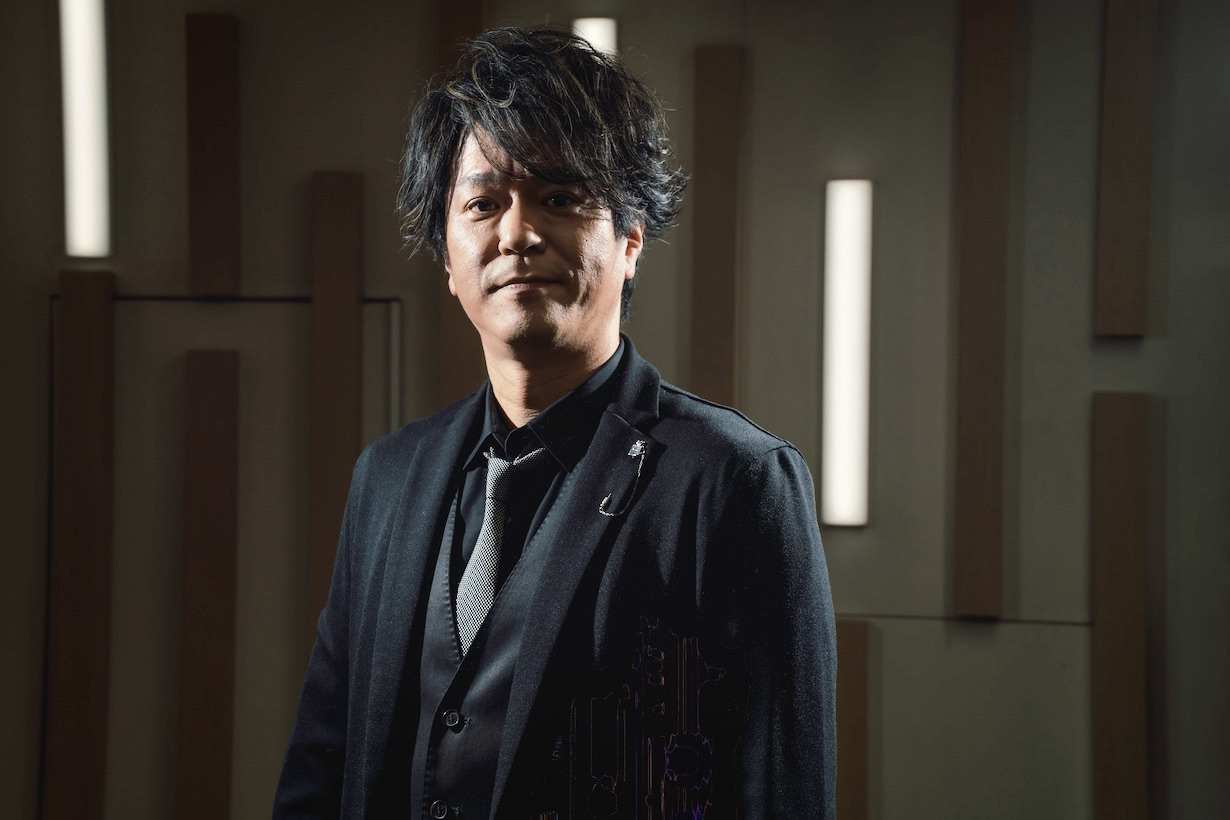
It was 1996 when the Dragon Ball GT anime began its run on Japanese TV with its opening theme song, "DAN DAN Kokoro Hikareteku", the fourth single of the band FIELD OF VIEW.
At the time, I, the author of this article, was a junior high school student going through a major FIELD OF VIEW phase sparked by their other hit songs, such as Totsuzen and Kimi ga Itakara. The band's front man, U-ya Asaoka, was this clean-cut, respectable young man singing bittersweet love songs with all his heart. I can still remember the rush of excitement I felt when I heard that FIELD OF VIEW would be performing the next opening theme song for Dragon Ball.
Not only was DAN DAN Kokoro Hikareteku a perfect fit for the setting and story of Dragon Ball GT, but it also went on to be a song loved by fans both in Japan and around the world. I was lucky enough to sit down with U-ya Asaoka himself to ask how he feels about continuing to perform the song over the years, behind-the-scenes tales from its recording, and his memories of working with an influential production team that defined a generation of music.
*Interview was conducted while abiding by coronavirus prevention measures.
Profile
U-ya Asaoka
Singer born in Tokyo in 1969. Debuted in May of 1995 as the singer of FIELD OF VIEW. Their smash-hit second single, Totsuzen, was used in a Japanese soft drink commercial and went on to sell over 1.2 million copies. The band followed up with two more hit singles—DAN DAN Kokoro Hikareteku for Dragon Ball GT and Kawaita Sakebi, the opening theme song of the Yu-Gi-Oh! anime—before disbanding in 2002. Since then, U-ya has been passionately continuing his career as a solo artist.
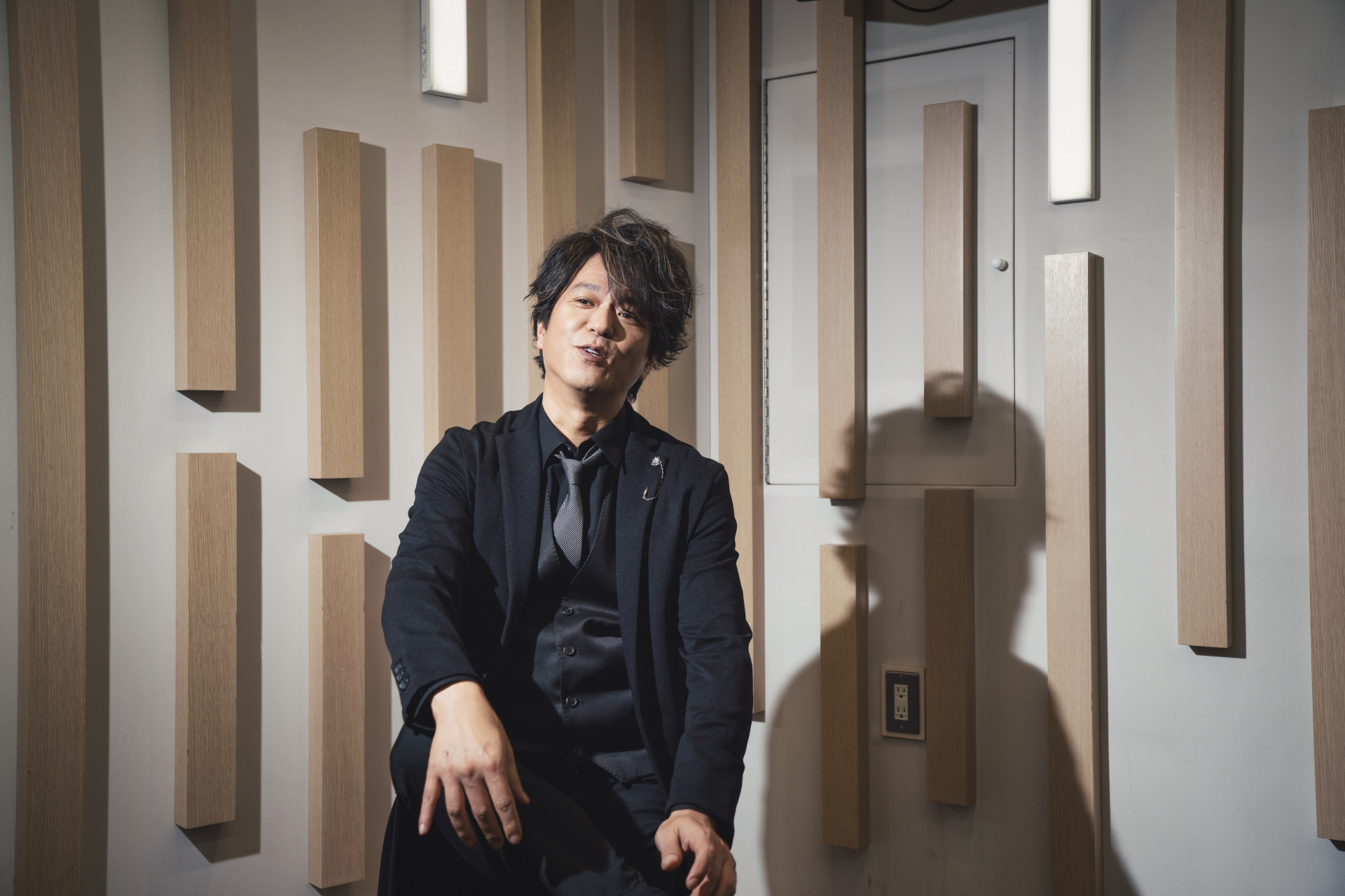
・Interviewer: Shinsuke Tada
A freelance writer born in 1983. The youngest of four children, he has been watching Dragon Ball as far back as he can remember thanks to the influence of his older brothers, making sure to catch the latest episode every week on TV. His favorite characters are the Saibaimen.
Inspired by Kyosuke Himoro's Stage Presence at Shinjuku LOFT
——As of 2022, it's been 26 years since the release of DAN DAN Kokoro Hikareteku, right?
Asaoka: Over a quarter of a century ago... I never imagined at the time that the song would stay in the hearts of fans for so long.
——Today for this interview, I'd like to ask you all kinds of questions about the song and its creation as well as shine the spotlight on you as its singer. So first, could you tell us how your journey in music began?
Asaoka: The first band that I liked as a kid was YMO (Yellow Magic Orchestra). I remember thinking that their drummer, Yukihiro Takahashi, was really cool when I saw him playing.
And then later on, maybe when I was in my second year of junior high school, I went and saw BOØWY perform live at Shinjuku LOFT. The moment I saw Kyosuke Himuro up on stage, that was it for me—that was when I knew I wanted to be a singer. I think that show at Shinjuku LOFT(*1) was the catalyst that put me on the path to becoming a real musician.
——Before FIELD OF VIEW, you were in a punk rock band called Missing Peace and another rock band called PANDORA, right?
Asaoka: That's right. Hokoten bands and visual kei were really booming at the time, and I wanted to get in on that wave too. Going up against other visually impactful bands like that though, you really had to make sure you stood out, so I'd be performing in an orange suit, platform shoes, my hair all done up, the works.
But then one day I thought, "This is all well and good now, but am I still going to be able to do this kind of music when I'm 50?" Bands that were breaking through at the time would have these meteoric rises and perform at huge venues like Nippon Budokan, but after that it wasn't uncommon that they'd peter out and disappear. I didn't want to make music that people would just listen to once and then forget about, and so, after trying out a lot of different things, I eventually found my way to Being(*2).
(*1) A long-standing concert venue in Kabukicho, Shinjuku.
(*2) A music conglomerate based in Minato-ku, Tokyo, that includes production companies, record labels, and talent agencies.

Witnessing the Creation of Hit Songs at Being
——How did you come to join Being?
Asaoka: The first would-be member of FIELD OF VIEW who signed with Being was actually our guitarist, Takashi Oda. He was trying to find people to form a band with, so I sent him my demo tape to apply. I was 22 at the time.
I heard back from him right away, and we set up an audition at a karaoke place in Tokyo where I just sang a bunch of songs from Being artists for him. (laughs) And then right there in that karaoke box, he said to me, "Okay, let's draw up a contract."
——That's incredible! (laughs) Being was releasing hit after hit back then, right? I was a big fan of a few of their bands and artists.
Asaoka: That's right, there was TUBE, B'z, ZARD, T-BOLAN, WANDS... I had some very big names to follow when I joined. Having the opportunity to be on the ground floor at Being while all these smash-hit songs were being created one after another was a truly invaluable experience for me.
Of course, the other side of that coin is that it was hard work. It was a regular occurrence that producers would go three days at a time without sleeping. In our case, as soon as FIELD OF VIEW became official, it was straight into songwriting and composing, day in, day out. I wasn't suffering through it or anything though—it was like I was being paid to learn.
——FIELD OF VIEW's first single, Kimi ga Itakara, which was successful in its own right, also gained a lot of renown for being the opening theme song of a drama series on TV, right? Your image was quite different to other bands from Being at the time too. I still remember how you were all dressed up in a nice suit, perfect posture, just singing your heart out.
Asaoka: Certainly. We were in a slightly different category to other bands from the label.
FIELD OF VIEW actually had this kind of hidden concept of "a group of rich kids playing rock band". Other bands and groups back then also had their own little concepts like that, which gave rise to their individual looks and styles.
Back in my visual kei days, I'd be up on stage with a mic in my hand thrashing all over the place, but for FIELD OF VIEW, I was playing the role of an upstanding, put-together young man singing in earnest. I've even been called a phony and an imposter by people who knew me back in the old days. (laughs) Personally, I really enjoyed being able to adopt a range of styles like that.

How Izumi Sakai's Lyrics Created an Unexpected Hit
——So, after your hits Totsuzen and Last Good-bye, you released your fourth single, DAN DAN Kokoro Hikareteku, as the opening theme song for Dragon Ball GT in 1996.
Asaoka: Being that it was written by Izumi Sakai, composed by Tetsuro Oda, and arranged by Takeshi Hayama, that song was truly the product of the combined efforts of all the best talent at Being at the time.
The first version I heard of it was on a demo tape handed to me by Tetsuro where it was just one guitar to sing over, and even then, I remember thinking, "This is incredible." And then we found out that Takeshi, this amazing creator, would be arranging it. Both Tetsuro and Takeshi were legendary figures from our perspective, but they were very down-to-earth with us, and we were able to work on the song together and exchange opinions equally, so it was a really enjoyable process.
I, on the other hand, was still very young and ambitious, you know? I wanted to write my own lyrics, have my name in the credits, all that. Like, "Imagine my name up there as lyricist alongside Tetsuro Oda composing and Takeshi Hayama arranging!" right?
But then I got a fax with the lyrics that Izumi Sakai wrote. Now, I'd tried to write lyrics on my own, but hers were just so much better, so incredibly catchy. I thought, "I simply can't top this."
——What was it about the lyrics that had such an impact on you?
Asaoka: At first, I of course thought that they were wonderfully catchy, but at the same time I felt that they were a little unusual too.
There were some parts where I wasn't really sure how they were meant to fit with the background music. For example, there's a part right before the first chorus that goes, "Sukoshi dake furimukitakunaru you na toki mo aru kedo," and I had no idea how I was meant to time it all. We were still trying to find what we thought was the right pattern through trial and error during the recording.
But then after that, we got a demo tape from Izumi of her singing it, and that's what the final version ended up being.
"Sukoshi dake / furi / muki / takunaru you na / toki mo / aru kedo..."
We were like, "Ohhh, so THAT'S how you sing it!" Izumi and Tetsuro figured this out later, but both Izumi's lyrics and Tetsuro's music were created with different phrasing in mind, so putting them together had the unintended effect of creating something different than other songs at the time with its own unique appeal.
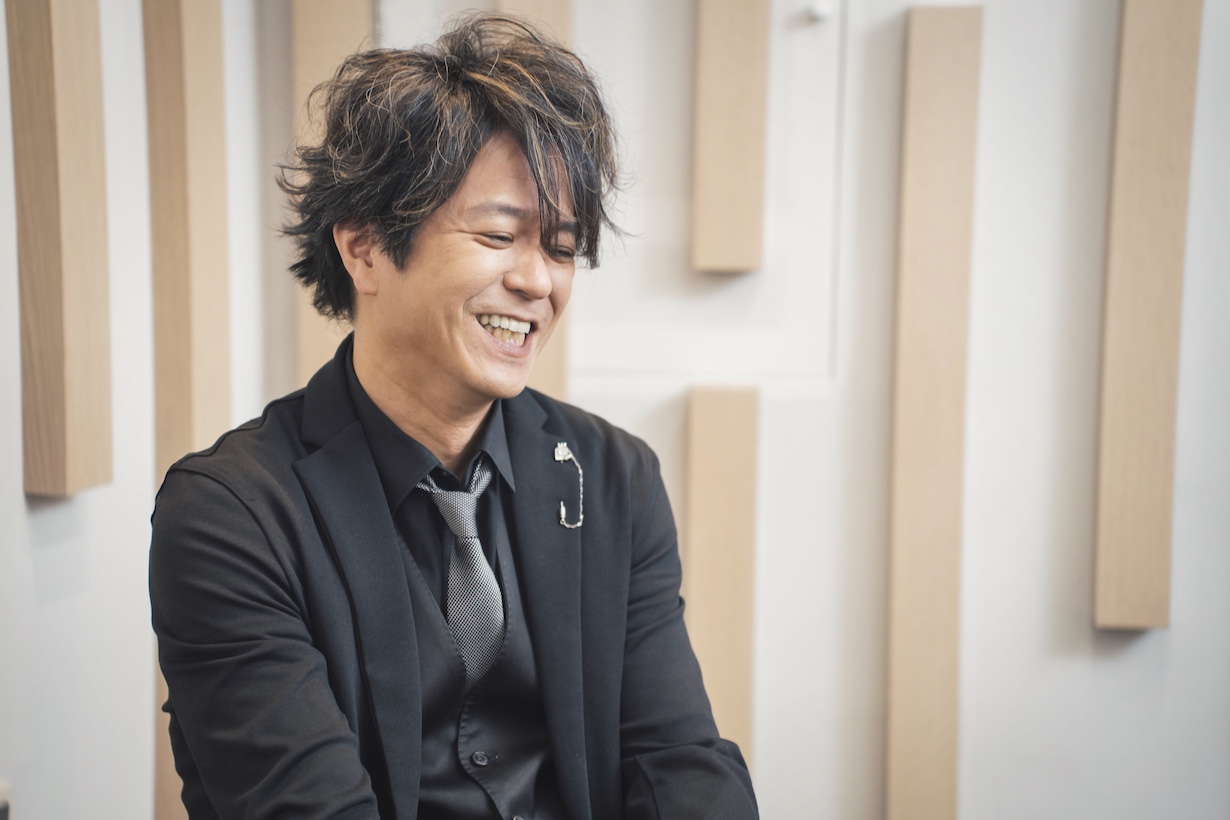
Preserving the Original Sound, Right Down to the Youthful Naivete of a 27-Year-Old
——The composer, Tetsuro Oda, spoke about DAN DAN Kokoro Hikareteku on his YouTube channel and said that the strength and clarity of your singing voice is what brings the whole song together. As the song's singer, is there anything that you try to focus on?
Asaoka: I always try to sing it just as it sounds on the CD. Some singers get tired of singing the same songs over and over again in the exact same way, so they start to change it up here and there, but I don't change a single thing—right down to the precise timing of the lyrics to the music. I take pride in still being able to sing it now the same way as I did 26 years ago.
In fact, since I've improved as a singer over the years, I'd even go so far as to say that I sing it 'worse' to sound the way I do on the original CD.
——Why do you go to such lengths to recreate the sound of the CD?
Asaoka: Think of it this way. If the Eagles(*3) suddenly changed the guitar solo in Hotel California, you'd probably think, "What?! Why'd they do that?!" right? That's the mind of a fan. The truth is that I'm the only person who can recreate the sound of the original song because I'm the one who sang it, and so I consider it a given that I should perform it the way it always was without changing anything.
——You're a true showman, aren't you?
Asaoka: When a song becomes a hit like that and is loved by so many people, it's not my song anymore—it's theirs. I first sang DAN DAN Kokoro Hikareteku when I was 27 years old, and when I hear it now at 52, I feel like it has this sense of youthful innocence and naivete. Reproducing that feeling when I perform is also something that I consider to be my responsibility as the song's singer.
(*3) A rock band from the West Coast of the United States that debuted in 1971.
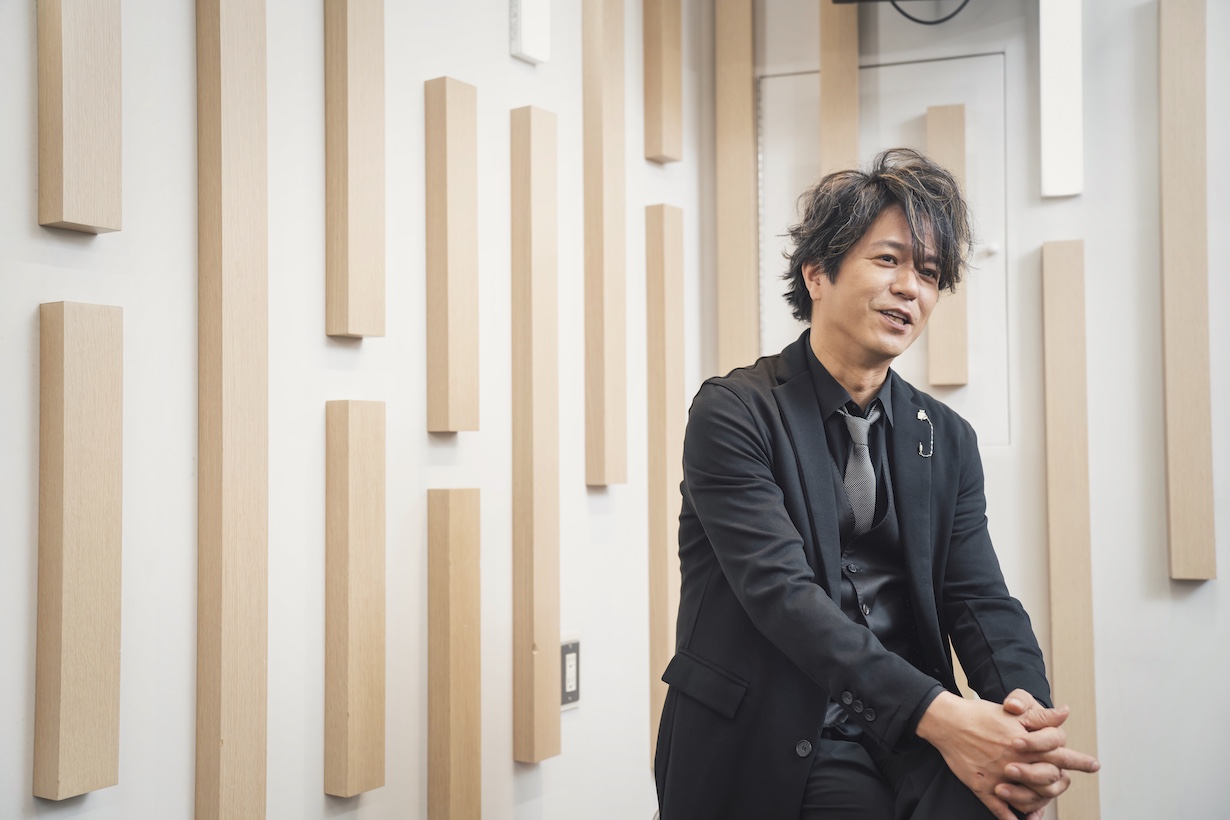
Striving to Sing in the Same Key Even at 60
——So, on one hand, you're doing everything you can to preserve the original sound, but on the other, the song has transcended its own generation and has been covered by so many artists that it remains popular to this day.
Asaoka: That makes me very happy. Out of all the covers I've listened to, I think that Shoko Nakagawa's was the best. She sings it in a higher key, but if you modulate it down into its original key, you can hear that she sings it exactly the same way as I do. I was so moved that I reached out and told her myself. (laughs)
There are a lot of covers of DAN DAN Kokoro Hikareteku by overseas artists too, by the way. And it's because of that song that I've been invited to perform at anime song festivals around the world.
——How do the overseas fans react to your performances?
Asaoka: I've performed all over the place, from Brazil, to Germany, to China, and the one thing that the fans have in common is that wherever I go, they all sing with me in Japanese. It really makes you appreciate how amazing Dragon Ball is. For a series to cross so many borders thanks to the love and support of the fans is quite a rare thing.
——DAN DAN Kokoro Hikareteku really is loved all over the world. You also performed at DRAGON BALL Games Battle Hour 2022(*4).
Asaoka: Since that was an official Dragon Ball event, I felt the pressure more than ever to sing the way I did for the original. I really put all my heart and soul into that performance, so I hope that everybody watching at home enjoyed it.
(*4) Held from Feb 19–20, 2022, "DRAGON BALL Games Battle Hour 2022" was a two-day worldwide online event that brought together many Dragon Ball games and top players around the world as well as Dragon Ball figures, toys, manga, anime, and more. Viewers could create their own avatars and enter the Online Arena to watch U-ya Asaoka perform DAN DAN Kokoro Hikareteku at the special concert that served as the event's halftime show. His performance starts at 6:04:02.
——Thank you very much. Finally, how do you think you want to go about singing DAN DAN Kokoro Hikareteku in the future?
Asaoka: The same as I always have—doing everything I can to recreate the same quality as the original CD. My current goal is to be able to sing it in its original key even at 60. If I can manage that, I think I'll do a performance in a traditional red suit for my 60th birthday. (laughs)
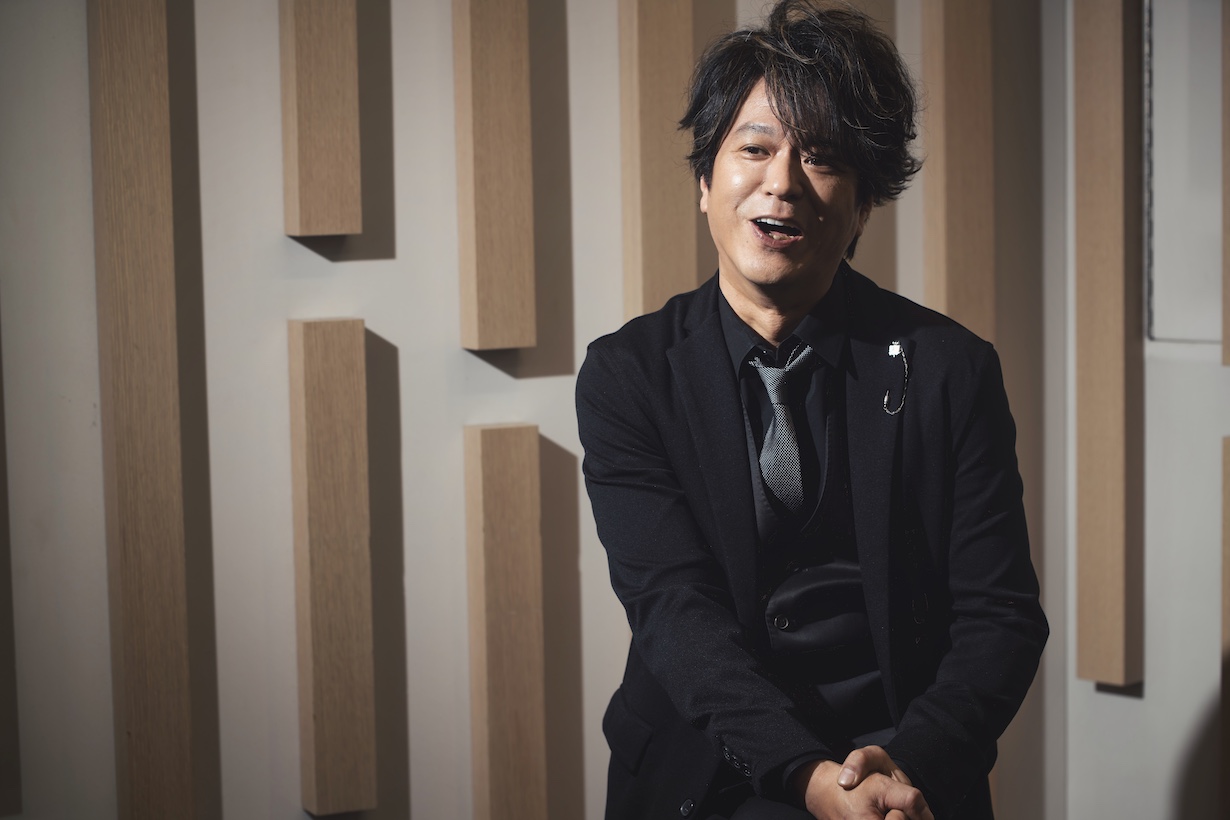
Photography: Makoto Tsuruta
This site includes machine-translated texts. Please be aware that you might find some unusual expressions that are difficult to understand.
Post
Confirm Post
Post the above comment?
Reply
Confirm Reply
Post the above comment?
Are you sure you want to delete this comment?
Report successful
Post Unsuccessful
This user will be muted.
You will be unable to see comments from muted users in the comments area.
*To unmute users, navigate to the "Comments" area on MY PAGE.
Reply
Confirm Reply
Post the above comment?
Edit
Post
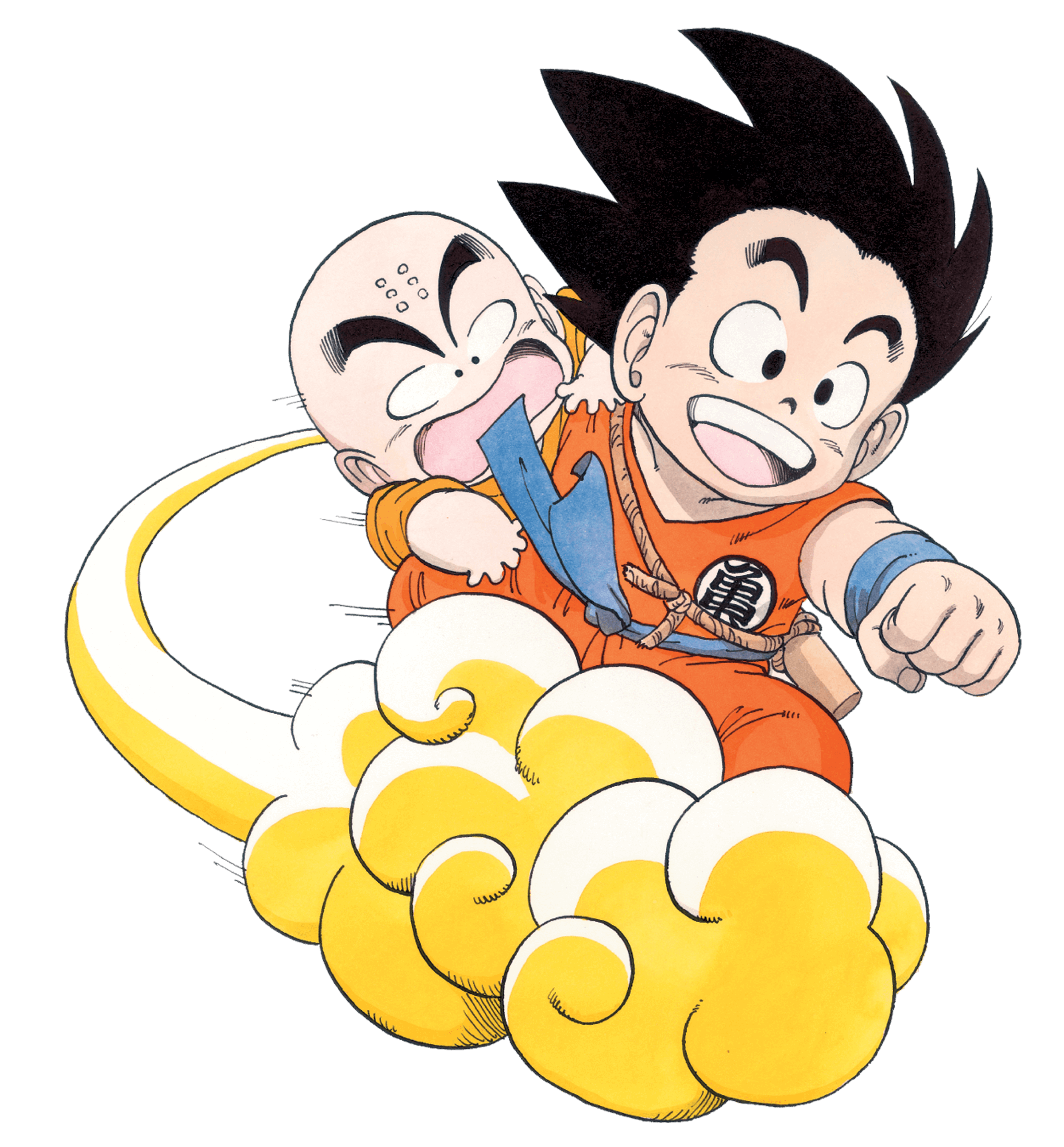

Post
Confirm Post
Post the above comment?
Edit
Post